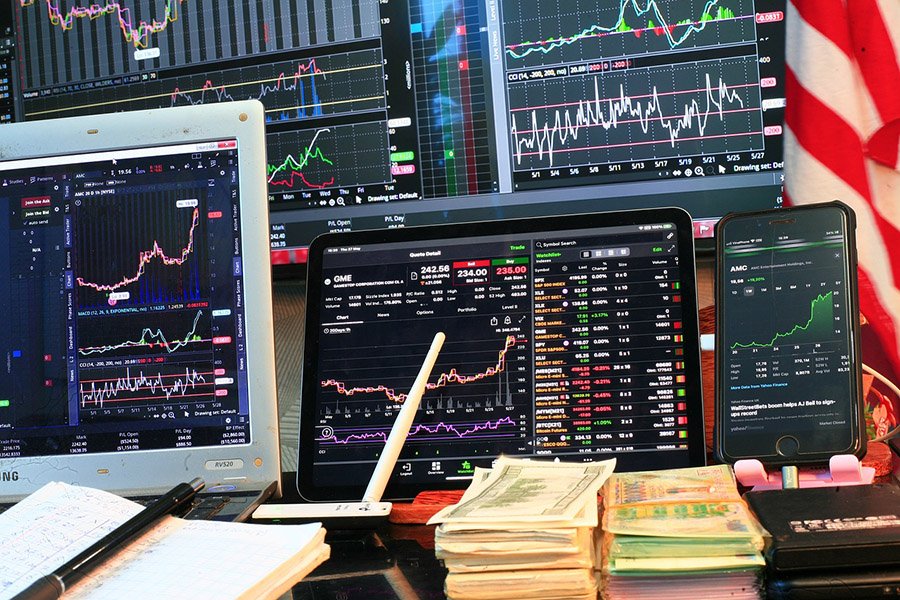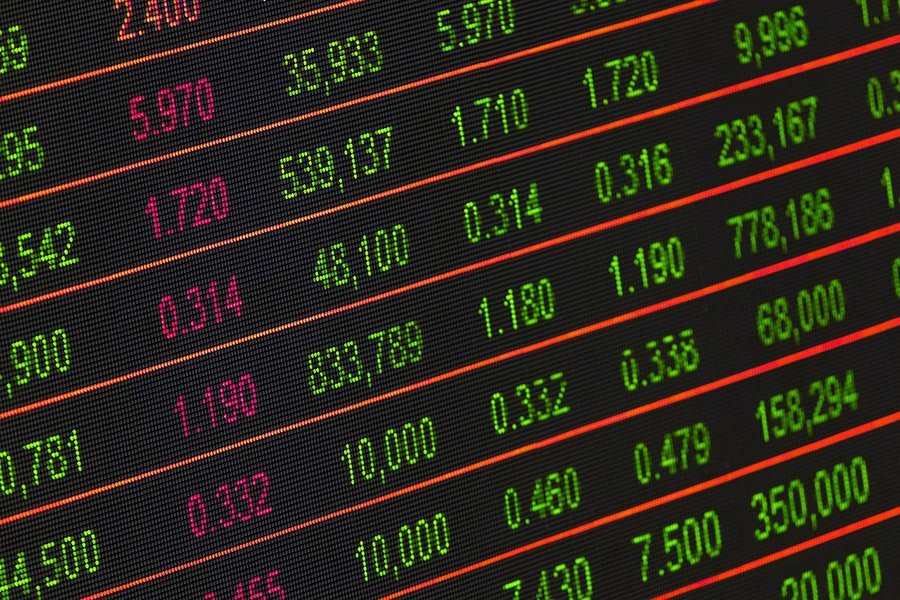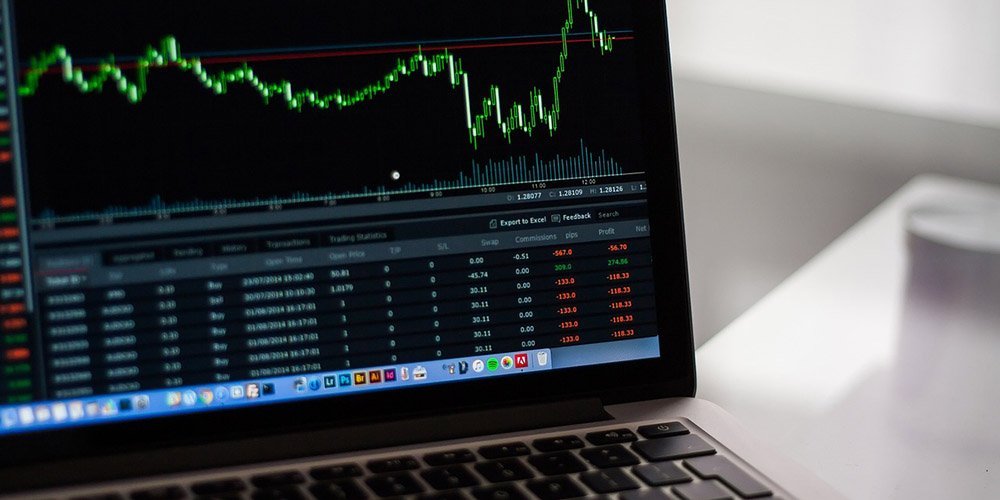The Fear and Greed Index is a popular tool used by investors to gauge the prevailing sentiments in the stock market. At its core, this index reflects the two fundamental emotions that drive much of investors’ behavior: fear, which prompts caution and risk aversion, and greed, which fuels risk taking and the pursuit of higher returns.
By analyzing the levels of fear and greed at any given time, investors can get a sense of the market’s emotional balance and adjust their strategies accordingly.
What is the Fear and Greed Index?
The Fear and Greed Index was developed to quantify the psychological factors that affect investment decisions and market movements. Originally conceptualized by CNNMoney, the index serves as a barometer for the emotions driving investors’ actions in the market. It is computed from multiple indicators that measure different aspects of market activity, each reflecting either an excessive fear or an undue greed among investors.
The index ranges from 0 to 100, where low values signify high levels of fear, and high values indicate prevalent greed. This numeric scale helps investors quickly understand market sentiment and anticipate potential shifts in market trends. The calculation of the Fear and Greed Index involves several components, each contributing a distinct perspective on market dynamics:
- Stock Price Momentum: The S&P 500 versus its 125-day moving average.
- Stock Price Strength: The number of stocks hitting 52-week highs versus those hitting lows.
- Stock Price Breadth: The volume of shares traded in stocks on the rise versus those in decline.
- Put and Call Options: The volume of put options compared to call options, indicating protective or speculative strategies.
- Junk Bond Demand: The spread between yields on investment-grade bonds versus junk bonds.
- Market Volatility: Typically measured by the CBOE Volatility Index (VIX), which reflects market’s expectation of near-term volatility.
- Safe Haven Demand: The performance of stocks versus safer assets like treasury bonds.
By integrating these elements, the Fear and Greed Index provides a holistic view of the market’s emotional landscape, offering valuable insights into potential turning points in market sentiment.
Also read: Monopolistic Competition Examples: Exploring Real-World Market Dynamics and Business Strategies

Components of the Fear and Greed Index
The Fear and Greed Index is comprised of seven distinct components, each measuring a specific aspect of market behavior. These components collectively provide a comprehensive picture of the emotional state of the market. Here’s a closer look at each component and its impact on the overall index score:
- Stock Price Momentum: This component measures the S&P 500 index relative to its 125-day moving average. If the S&P 500 is performing well above its average, it suggests that investors are feeling greedy, pushing the index higher. Conversely, performance significantly below the average indicates fear, contributing to a lower Fear and Greed score.
- Stock Price Strength: This measures the number of stocks hitting 52-week highs compared to those hitting 52-week lows on the New York Stock Exchange. A higher number of highs suggests that investors are confident and greedy, whereas more lows point to fear and pessimism in the market.
- Stock Price Breadth: The breadth of the market is analyzed by comparing the volume of shares traded in advancing stocks versus declining stocks. This ratio indicates whether the majority of the market is participating in an upward (greedy) or downward (fearful) trend.
- Put and Call Options: This component looks at the volume of put options to call options. Put options are typically purchased as insurance against a decline in stock prices, indicating fear. On the other hand, calls are generally bought when investors are confident and greedy. A higher ratio of calls to puts suggests greed, while more puts signal fear.
- Junk Bond Demand: The index examines the yield spread between junk bonds (high-risk bonds) and safer investment-grade bonds. Narrower spreads mean that investors are demanding less of a premium to hold riskier assets, reflecting greed. Wider spreads indicate fear, as investors seek the safety of higher-quality bonds.
- Market Volatility (VIX): Often referred to as the “fear index,” the VIX measures the stock market’s expectation of volatility over the coming 30 days. High values typically indicate that investors are fearful, expecting significant price swings, while low values suggest complacency or greed.
- Safe Haven Demand: This looks at the performance of stocks relative to safer assets, such as Treasury bonds. When investors flee to the safety of bonds, pushing their prices up and yields down, it signals fear. Conversely, a strong performance in stocks compared to bonds suggests market greed.
Each of these components is weighted differently in calculating the final score of the Fear and Greed Index. By monitoring changes in these areas, the index helps investors understand the underlying emotions driving market movements, providing a tool to anticipate shifts and potentially capitalize on them.
Importance of the Fear and Greed Index in Investment Strategies
The Fear and Greed Index is an invaluable tool for investors aiming to understand the underlying emotional currents that drive the stock market. By gauging market sentiment, this index helps investors make more informed decisions, particularly in times of uncertainty.
Using the Index to Gauge Market Sentiment
Investors utilize the Fear and Greed Index to assess whether the market is currently driven by overwhelming fear or excessive greed. Each state can signal different investment opportunities or risks. For instance, extremely high greed levels may suggest that the market is overvalued, leading to caution, while predominant fear could indicate undervalued buying opportunities.
Implications of High and Low Index Readings
- High Readings (Greed): When the index shows a high score, indicating greed, the market may be at risk of entering a bubble phase where prices are driven by irrational exuberance rather than fundamentals. Investors might take this as a cue to reassess their portfolios, considering whether to take profits or reallocate assets to avoid potential downturns.
- Low Readings (Fear): Conversely, a low score suggests that fear is prevalent, possibly making stocks undervalued. This scenario often provides buying opportunities for contrarian investors who seek to capitalize on market overreactions.
Also read: Equity Research: Understanding Its Role, Process, and Future Trends

Case Studies: Fear and Greed Index in Action
Example 1: The Dot-com Bubble
During the late 1990s, the Fear and Greed Index reached unusually high levels, reflecting extreme greed as investors poured money into burgeoning tech stocks. The subsequent burst of the dot-com bubble in the early 2000s led to significant financial losses, underscoring the risk of following herd behavior without regard to fundamental values.
Example 2: The Financial Crisis of 2008
In contrast, during the 2008 financial crisis, the index plummeted, indicating extreme fear. Investors who recognized this as an overreaction and invested in undervalued stocks during the crisis saw considerable gains during the market recovery that followed.
Example 3: COVID-19 Market Crash
The onset of the COVID-19 pandemic in early 2020 saw another significant dip in the index, as global markets crashed due to widespread fear. However, the markets rebounded remarkably quickly, rewarding those who bought equities during the lows.
Lessons Learned
These case studies demonstrate the cyclical nature of markets and the psychological underpinnings of major market movements. By using the Fear and Greed Index, investors can identify extremes of sentiment that may signal turning points in market dynamics. Importantly, this index should be used in conjunction with other analysis tools and personal judgment, as relying solely on one metric can lead to oversimplified decisions.
Also read: 506b vs. 506c: Navigating Investment Strategies Under SEC Regulations
Critiques and Limitations
While the Fear and Greed Index serves as a useful tool for assessing market sentiment, it is not without its criticisms and limitations. One major critique is its potential for oversimplification.
By distilling complex market dynamics into a single numeric value, the index may overlook nuanced factors influencing individual securities or sectors. Furthermore, the index primarily reflects the sentiment of equity markets and may not fully encapsulate sentiments in other asset classes like bonds or commodities.
Another limitation concerns the biases inherent in the components used to calculate the index. For instance, the reliance on market data such as the VIX or put/call ratios can be skewed by external market factors or unusual trading patterns, which may not necessarily be indicative of broad investor sentiment.
Supplementing the Index with Other Tools
To mitigate these issues, investors are advised to use the Fear and Greed Index alongside other financial tools and metrics. Fundamental analysis, technical analysis, macroeconomic indicators, and sector-specific trends should all play a part in a comprehensive investment strategy. Additionally, incorporating qualitative insights from financial news, expert commentary, and market research can provide a more rounded view of market conditions.
Conclusion
The Fear and Greed Index is a compelling instrument for gauging the prevailing emotional state of the market, helping investors identify potential extremes of fear or greed. Its straightforward numeric scale allows for quick assessments of market sentiment, which can be crucial during volatile or uncertain market periods.
However, its effectiveness is enhanced when used in conjunction with a diverse set of analytical tools that consider both quantitative and qualitative factors affecting the markets.
Ultimately, while the Fear and Greed Index can provide valuable insights into market emotions, it should not be used in isolation. By integrating this index with a holistic approach to market analysis, investors can more effectively navigate the complexities of the financial markets and make well-informed investment decisions.








Add comment